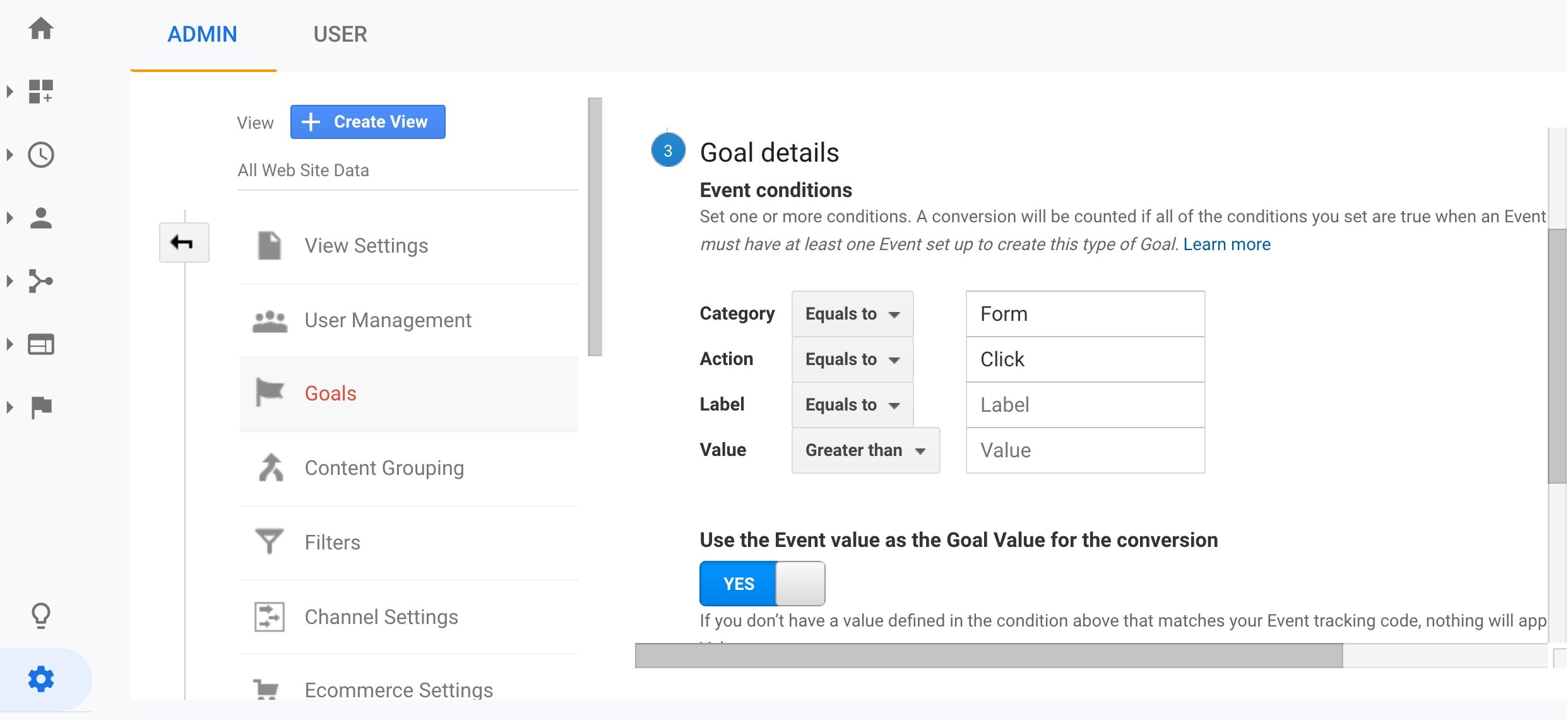Discover What Data Is Google Analytics Goals Unable to Track
Discover What Data Is Google Analytics Goals Unable to Track
Blog Article
Discover the Limitations of Google Analytics Goals: Revealing the Data Types That Remain Untrackable
As companies increasingly count on data-driven decision-making, understanding the restrictions of tools like Google Analytics becomes critical. While Google Analytics Goals offer useful understandings into customer communications, there exist information kinds that thwart monitoring, posing challenges to a detailed understanding of user actions.
Insufficient Customer Trip Tracking
Insufficient customer journey tracking within Google Analytics can impede the capacity to properly assess customer actions. When the individual journey is not fully tracked, there are gaps in the information that stop an extensive understanding of how users interact with a web site. This lack of insight can bring about missed out on opportunities for optimization and improvements to the user experience.
One usual issue with incomplete individual journey monitoring is the failure to see the complete course that customers take in the past finishing an objective or leaving the site. Without this details, it is testing to determine where users might be encountering challenges or rubbing points that avoid them from converting. Additionally, insufficient tracking can obscure the influence of certain marketing efforts or web site modifications on user behavior.
To address this constraint, it is vital to establish up appropriate tracking mechanisms within Google Analytics to catch the entire customer trip. This might include establishing up event tracking, objective funnels, or utilizing devices like Google Tag Manager to make certain that no essential communications go unrecorded. By obtaining a thorough sight of the user trip, web site proprietors can make even more educated decisions to improve user engagement and drive conversions.
Acknowledgment Challenges
Navigating through attribution challenges in Google Analytics needs a thorough understanding of exactly how various touchpoints add to the overall conversion process. Acknowledgment difficulties develop from the intricacy of modern consumer journeys, where users engage with numerous channels before converting.
One usual attribution difficulty is the problem in connecting conversions to the appropriate resource, specifically in cases where users engage with numerous networks before transforming. Furthermore, cross-device monitoring presents an additional attribution challenge, as individuals often change in between gadgets during their journey, making it challenging to track their communications flawlessly.
Offline Conversions
Provided the obstacles related to connecting conversions accurately in online channels, the measurement of offline conversions provides a significant opportunity for marketing professionals seeking a much more extensive understanding of their customers' journey. Offline conversions describe actions that consumers take in the real world, such as making acquisitions in brick-and-mortar stores or over the phone, attending occasions, or involving with published products - what data is google analytics goals unable to track. These conversions are crucial for services that run both online and offline, as they offer important insights right into the performance of advertising campaigns throughout various touchpoints
Tracking offline conversions generally presented a considerable difficulty for marketers, as it was challenging to attach these actions back to particular on-line communications properly. With innovations in technology, such as the integration of CRM systems, distinct identifiers, and voucher codes, businesses can currently bridge the void in between online and offline information to gain an extra alternative view of client behavior. By successfully measuring offline conversions, marketing professionals can optimize their strategies, designate resources much more efficiently, and eventually improve the general consumer experience.
Cross-Device Tracking
Cross-device monitoring plays a vital duty in comprehending the interconnected nature of consumers' electronic communications throughout numerous devices. In today's omnichannel globe, where individuals seamlessly change between smartphones, desktops, and tablets, tracking their actions throughout these tools is necessary for marketers to acquire an extensive sight of their customer journey.

In addition, personal privacy concerns and guidelines such as GDPR and CCPA have additionally challenging cross-device tracking. With customers requiring even more control over their data and raised limitations on tracking innovations, marketing professionals have to discover privacy-compliant and innovative means to attach customer communications throughout gadgets.
Dynamic Content Interaction
Comprehending user engagement with dynamic content is crucial in optimizing digital advertising approaches for improved audience interaction. Dynamic content refers to site aspects that alter based on customer behavior, preferences, or other elements, using a customized experience. Tracking user communications with vibrant material presents challenges for typical analytics devices like Google Analytics.
While Get the facts Google Analytics can track fundamental communications like clicks and page sights, it might have a hard time to record more nuanced interactions within dynamic web content. what data is google analytics goals unable to track. Metrics such as time invested in certain dynamic aspects, hover actions, or communications within pop-ups are typically not conveniently measurable utilizing basic tracking methods. This restriction prevents online marketers' capability to completely grasp exactly how customers are engaging with dynamic web content and tailor their techniques appropriately

Verdict
To conclude, Google Analytics goals have restrictions in tracking insufficient customer trips, connecting conversions properly, recording offline conversions, tracking cross-device interactions, and measuring vibrant content involvement. These restrictions highlight the value of exploring extra tracking methods and tools to obtain a more detailed understanding of user actions and conversions past what Google Analytics can supply.
While Google Analytics Goals offer beneficial understandings into customer communications, there exist information types that elude monitoring, presenting challenges to an extensive understanding of customer actions.Insufficient individual trip tracking within Google Analytics can hinder the ability to properly evaluate individual behavior. When the individual journey is not fully tracked, there are spaces in the data that protect against an extensive understanding of just how users engage with a web site.One common issue with incomplete individual trip tracking is the lack of this content ability to see the full path that individuals take before completing an objective or leaving the website. By acquiring a thorough sight of the individual trip, site owners can make more educated decisions to improve individual engagement and drive conversions.
Report this page